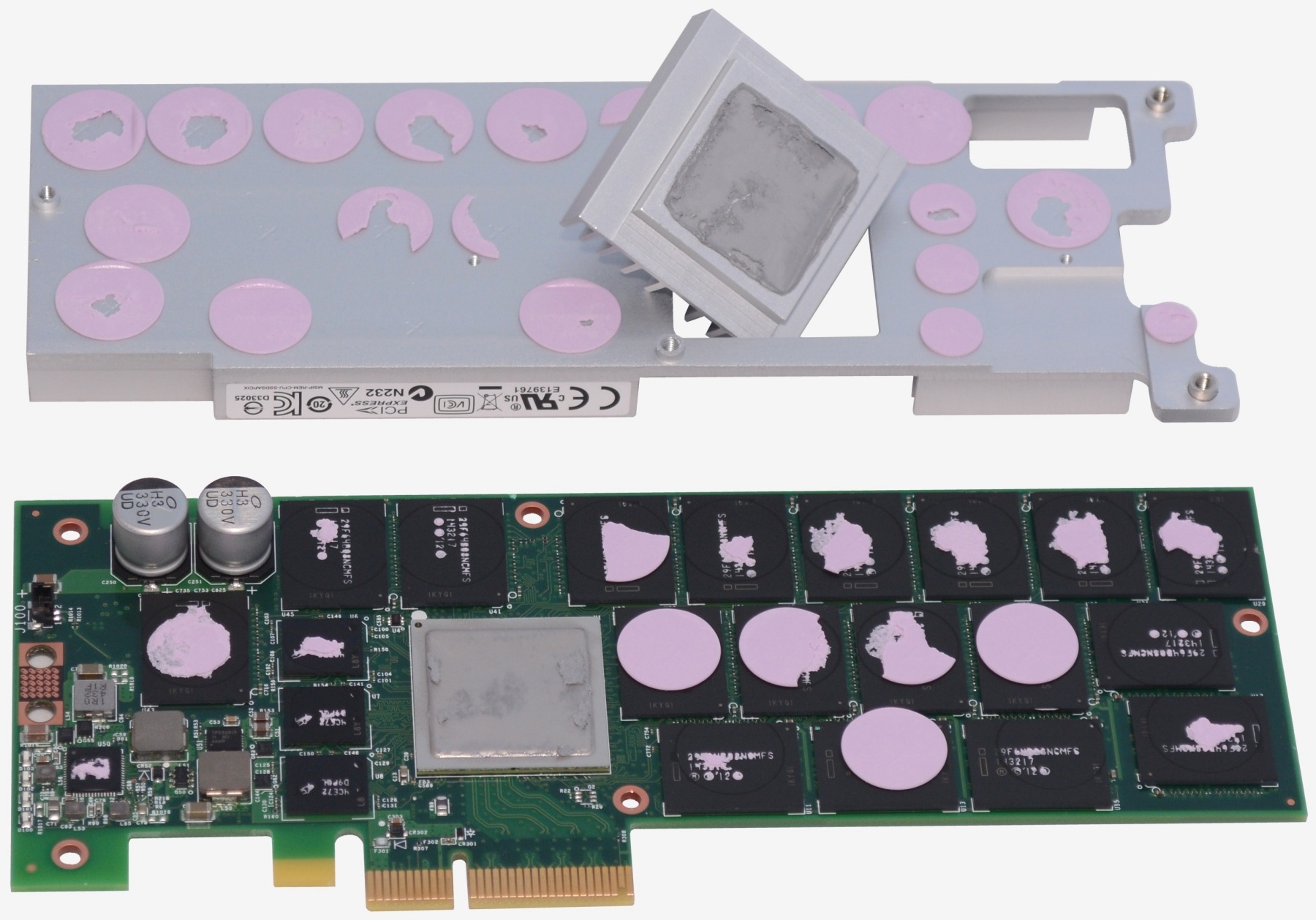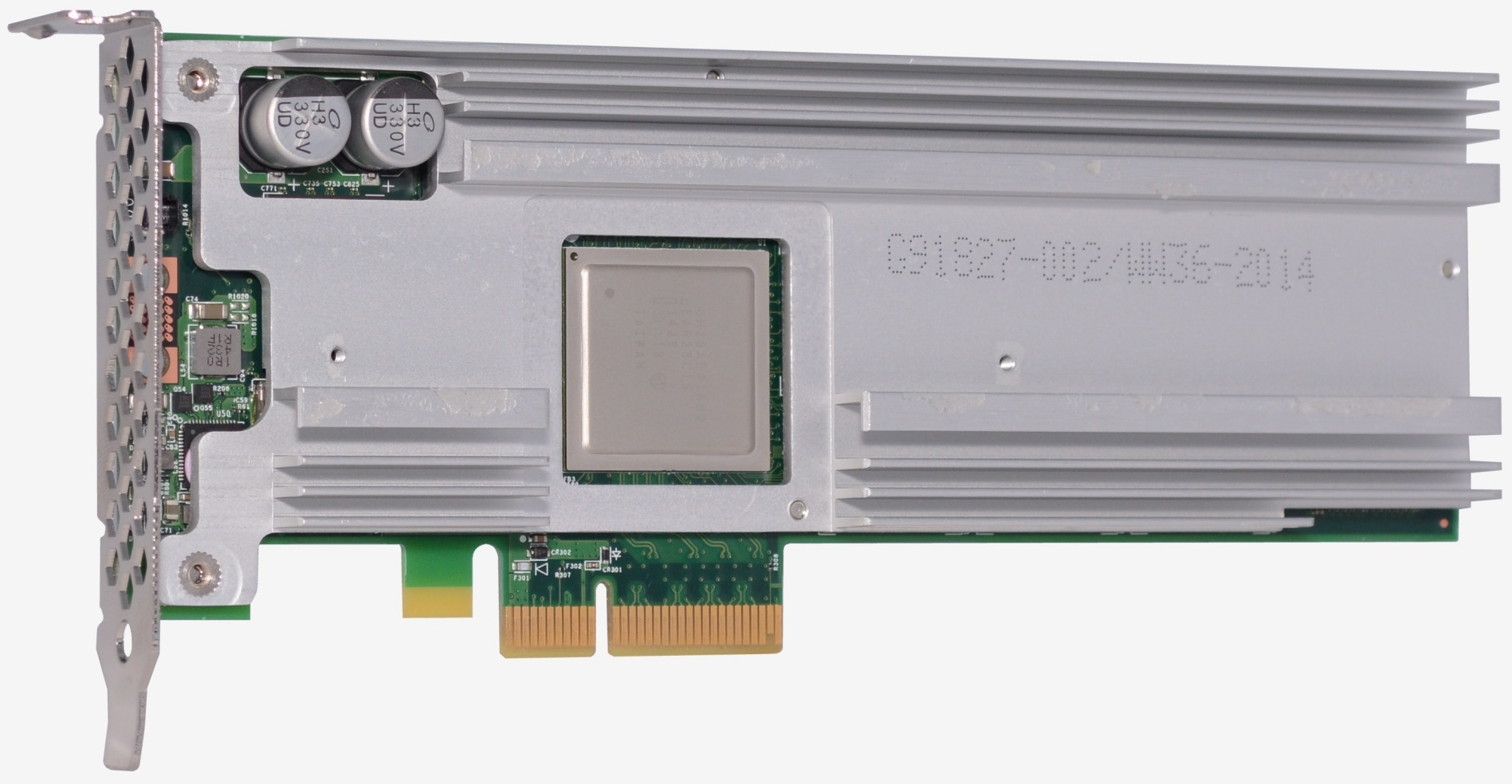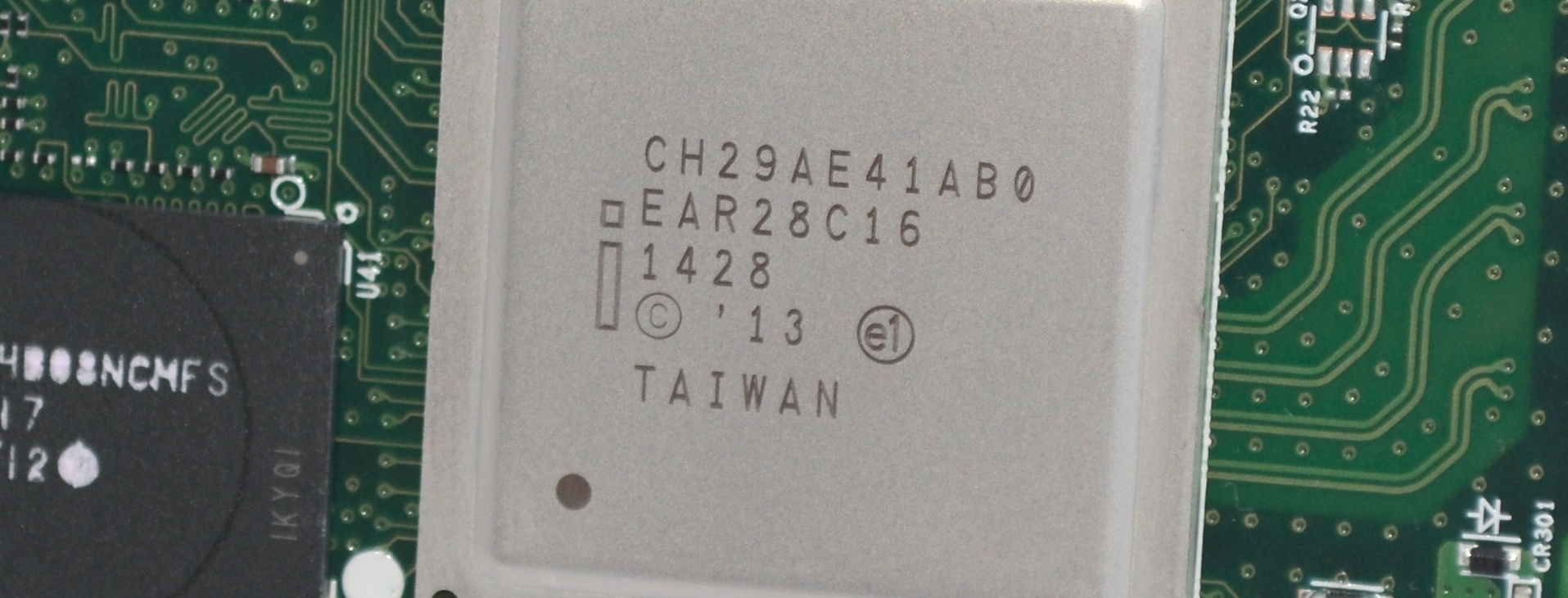Since we heard that Intel 'August Ridge' SSDs would ship in PCIe form, with speeds exceeding 1000MB/s, we've been eagerly waiting for their return to the enthusiast desktop market. The company is now ready to deliver on the promise with its first PCI Express Gen3 x4 solid state drive, officially known as the Intel SSD 750 Series.
Designed for enthusiasts and workstations, the key feature of Intel's SSD 750 Series is its adoption of Non-Volatile Memory Express or NVMe, a new performance controller interface set to replace the aging AHCI standard. Being more than a decade old, AHCI was designed for hard drives and is therefore optimized for high latency rotating disks rather than low latency non-volatile storage.
AHCI isn't the best interface for PCIe SSDs and thus industry leaders including Intel, Samsung, and LSI have developed NVMe with advantages such as multiple queues, higher queue depths and lower latency as NVMe allows for a direct path from the storage to the CPU.
Intel says its PCI Express Gen3 x4 SSDs are rated to deliver sequential read performance of up to 2.4GB/s with sequential writes hitting 1.2GB/s while we can expect latency of less than 20us for sequential access.
So far there are only two models in the SSD 750 Series: 400GB and 1.2TB. With such a huge gap between the capacities of those models, we'd expect at least an 800GB drive to be added in the future.
Intel SSD 750 1.2TB in Detail
For testing we have the 1.2TB model which differs greatly from the 400GB unit – not just in price, capacity and performance but also design. The 400GB model is based on the 2.5" form factor using the SFF-8639 connector specification which will replace SATA Express.
The bigger 1.2TB model utilizes the more readily available PCI Express interface, ideally PCI Express Gen3 x4 as it is not backwards compatible with PCIe 2.0. Gen 3 is capable of 985MB/s (8GT/s) per lane for a total of just under 4GB/s. Although the SSD 750 Series doesn't require that much bandwidth, it is nice that the headroom is there.
The half-height, half-length card measures 167.7mm long, 56.2mm tall and 18.7mm thick. The 1.2TB model consists of a single PCB that is plastered with NAND flash chips. A custom heatsink covers the top side of the card and its primary job is to keep the controller cool, though it's also in direct contact with all the memory chips on the front side of the PCB.
Securing the heatsink are five small screws, two of which are also used to secure the end bracket. The controller gets thermal paste while the memory chips receive thermal pads. Interestingly, there are two separate heatsinks – a smaller detachable heatsink is fixed over the controller.
Performance-wise, the 400GB model boasts a sequential 128K read and write speed of 2200MB/s and 900MB/s. The 1.2TB model goes faster again reaching 2400MB/s and 1200MB/s, so 33% more write throughput.
The power consumption figures for the 1.2TB model see it consume an average of 22 watts when actively writing and just 10 watts when reading, while at idle the drive consumes just 4 watts. The 400GB model boasts a considerably lower active write consumption of just 12 watts, while the read figure is much the same at 9 watts and the idle is the same.
At the heart of SSD 750 Series is Intel's own proprietary 18-channel CH29AE41AB0 controller which was famously used by their P series drives. Intel isn't giving away much about this controller, at least to us. In fact, the documentation we received made absolutely no mention of the controller so we had to take the cooler off to see what was under the hood.
However, Intel did specify that its 20nm MLC NAND Flash memory is onboard, the exact part number being "29F16B08LCMFS". There are 18 chips on the front and 14 on the back, for a total of 32 NAND flash chips. There is room for an additional 4 chips on the back side of the PCB so a larger capacity model is a real possibility.
Moreover, we should point out that the PCB design of the SSD 750 Series 1.2TB model is exactly the same as the DC P3700. Like the DC P3700, only the memory chips on the front side of the PCB are protected and cooled, while those on the rear side have been left naked.
Also onboard are five Micron D9PQL DRAM chips which are used as a 1.25GB cache and the specs say this is DDR3-1600 memory.
The info that Intel has given us doesn't state individual endurance ratings for each model. Rather, the company says its SSD 750 Series is good for 70GB worth of writes per day and up to 219TB worth of data written.








